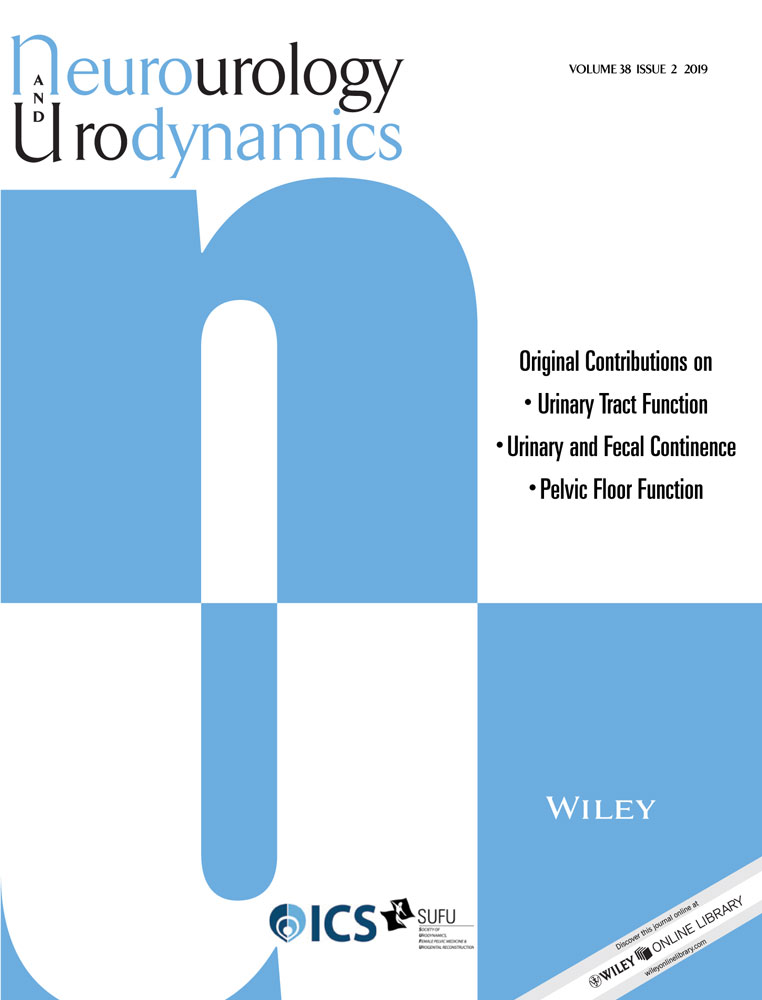Comparative effectiveness of one versus two-stage sacral neurostimulation device placement
Abstract
Objective
Sacral neurostimulation (SNS) is an effective third-line treatment for overactive bladder. We sought to compare the cost of standard two-stage SNS device placement to that of a combined one-stage placement using a Markov chain model.
Methods
Costs were defined using Medicare outpatient reimbursement rates. The model was developed as follows: With the two-stage approach, patients underwent initial lead placement with fluoroscopy and those who converted to stage two underwent permanent generator placement week later. Patients who did not convert underwent lead removal. Patients undergoing a one-stage procedure had initial lead and generator placement at the same time. Patients with success underwent no further procedure. Patients without success could opt for generator and lead removal. Cost effectiveness of one versus two-stage placement depended on successful conversion rate.
Results
Reimbursement included physician, anesthesia, facility and device fees. In a two-stage procedure, initial cost of lead placement was $6170. With successful conversion, cost of a second procedure with permanent lead and generator placement was $18,474. Patients who failed test phase underwent lead removal for a cost of $2879. In a one-stage procedure approach, initial cost of permanent lead and generator placement was $18,474. Patients with a successful outcome had no additional costs. Patients with an unsuccessful outcome could have the lead and generator removal for a cost of $5758. If the conversion rate from testing phase to permanent placement was greater than 71%, a one-stage approach proved to be cost effective.
Conclusions
Identifying patients with favorable risk factors for success may predict those patients who warrant a one-stage approach.




